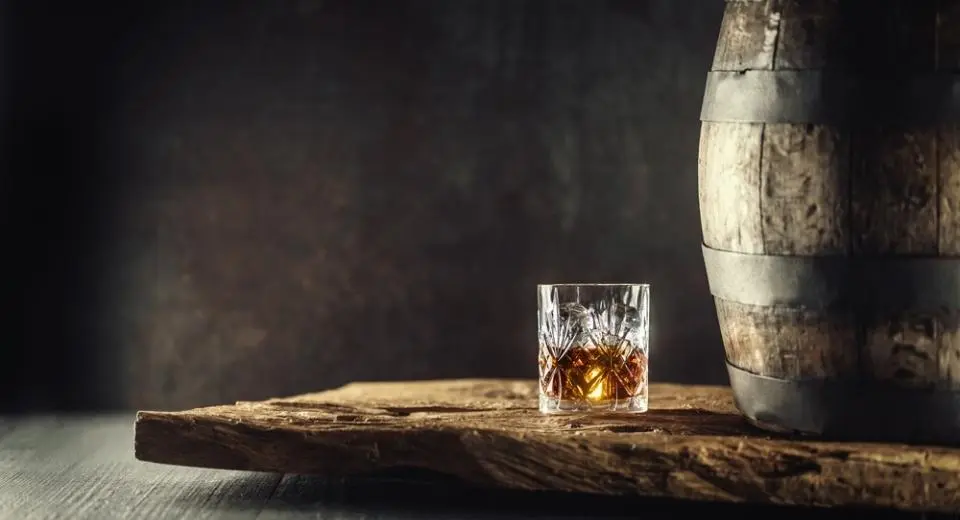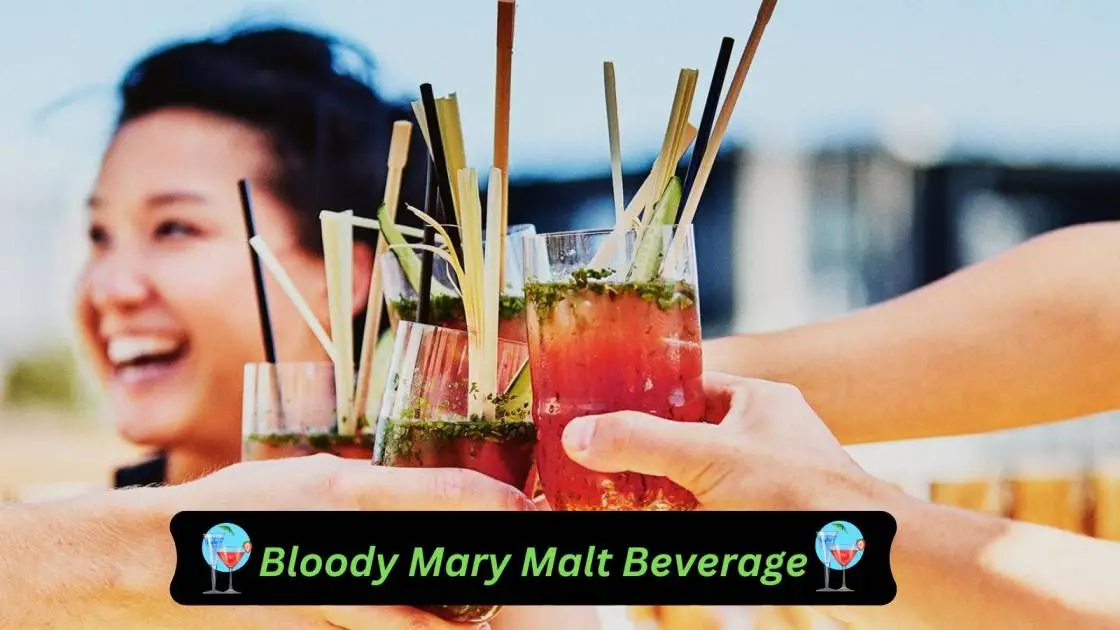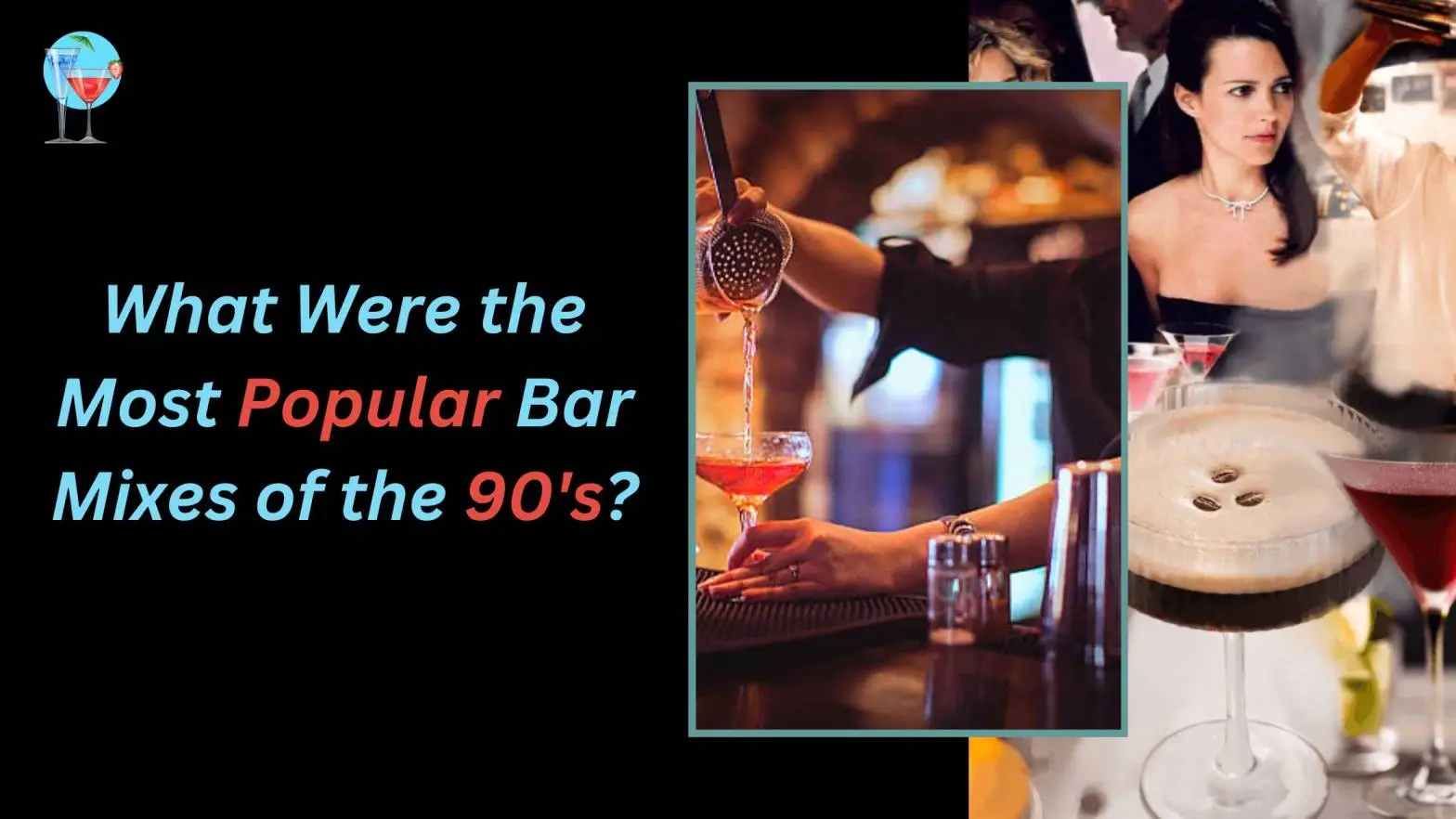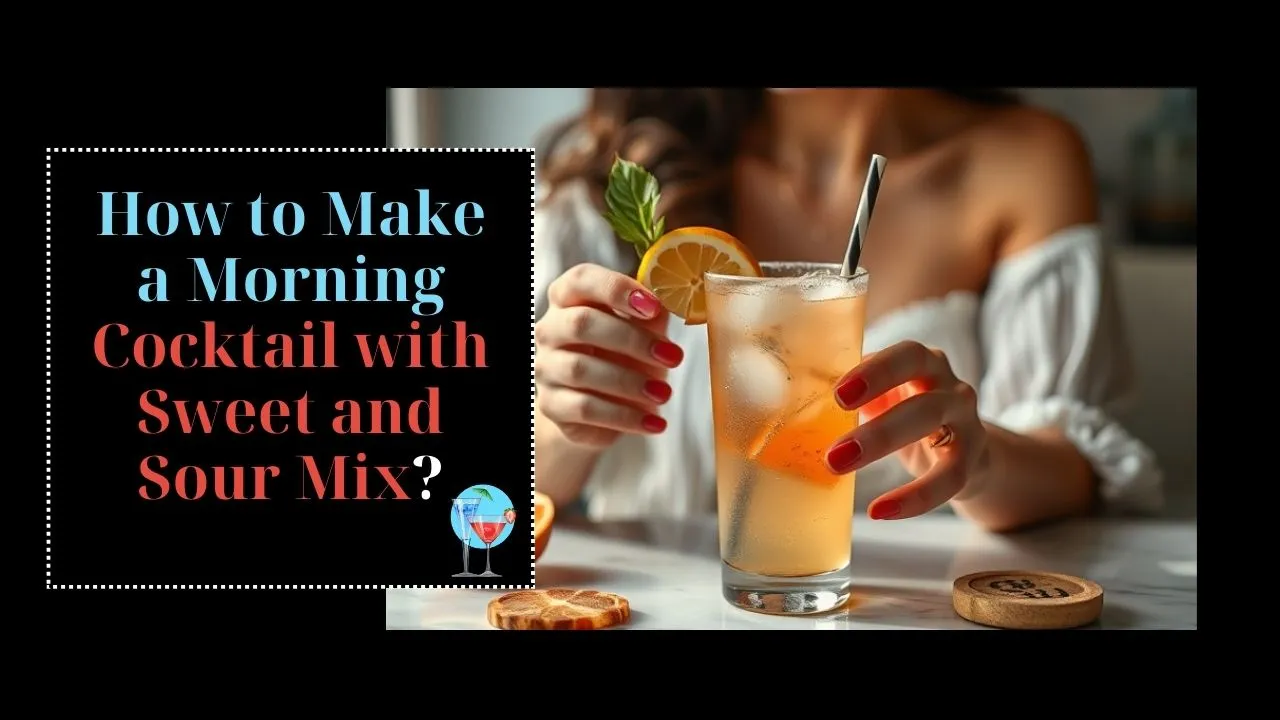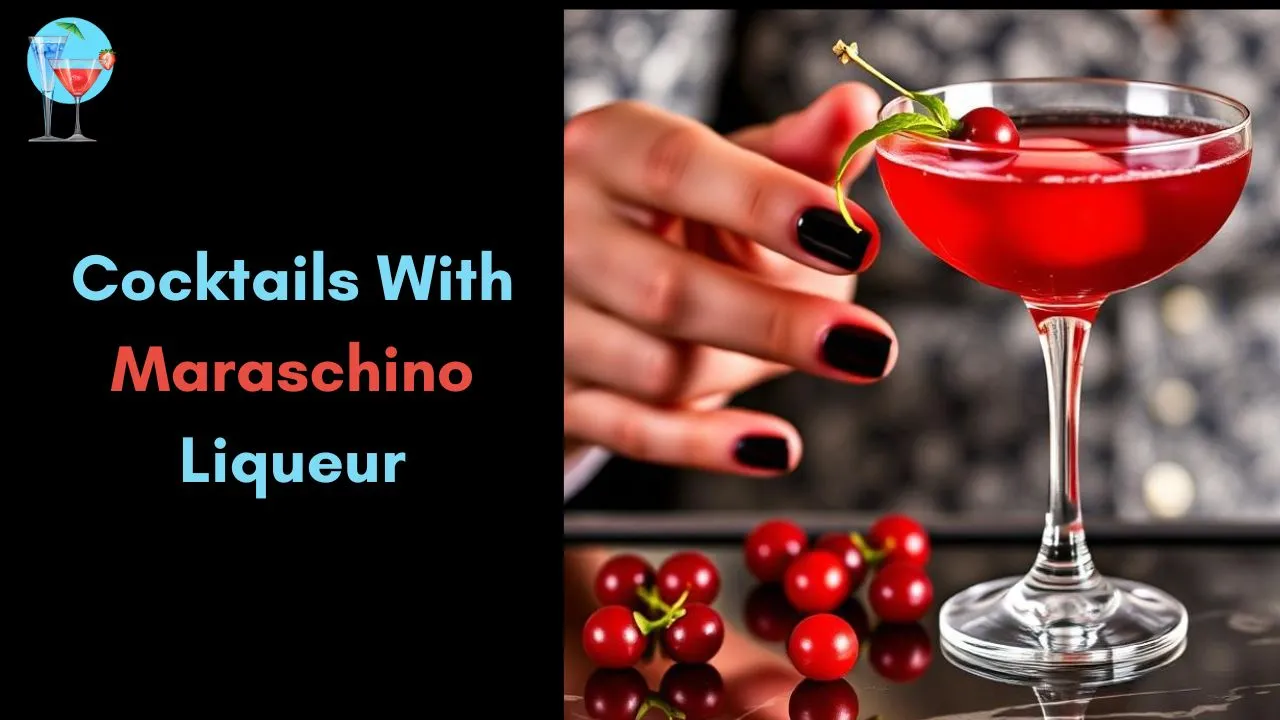Are these separate entities or is this merely a translation difference? Well, it's complex. The spelling itself narrows it down but does not always reveal what goes in the bottle.
Spelled Whisky if it comes from Japan, Canada, or Scotland. Made in Ireland or the United States, it is Crown royal vs jameson vs irish whiskey.
Two of the most sold whiskeys worldwide are these blended brands. Jameson is No. 5 selling whiskey brand in the U.S. market; Crown Royal is No. 2. And Crown Royal vs Jameson ranks third worldwide, while Jameson ranks fourth.
Each leads in their own category: Crown Royal, the top Canadian whisky, and Jameson, the best-selling Irish whiskey based on volume.
Comparatively, the blended Irish whiskey category include items like Tullamore DEW and Powers; the blended Canadian whisky category has brands like Black Velvet and Canadian Club. However, it makes sense to compare and contrast them in a versus article so you can make an informed order next time you're at your preferred whiskey shop or pub as they both are examples of blended whiskey and have a similar pricing range.
Latest Post: A Guide to Mark Wahlberg's Tequila Selection
History: Crown Royal vs Jameson

Before marriage Margaret Haig, a member of a strong Scotch whisky family, and entered the distilling industry, John Jameson had been a lawyer in Scotland. In 1780 he opened the Jameson Distillery in Dublin.
Jameson whisky's sales increased; by 1805 it was the top selling Irish whiskey, at the time the most often consumed type of whiskey worldwide. Sales volume kept rising until a set of events in the first half of the 20th century seriously undermined the dominance of Irish whiskey.
Irish goods were banned from Commonwealth markets including Canada in reprisals for Ireland's 1916 independence. The United States Congress then passed the 18th Amendment to the Constitution in 1920, therefore launching the Prohibition era in which the manufacture, sale, and use of alcohol became illegal. American bootleggers started transporting whiskey bought in Canada south to sell in speakeasies not too much later. But the British Navy's embargo meant Irish whiskeys like Jameson couldn't get on the scene. Thus, while Irish distellers suffered, Canadian and Scottish whiskey makers acquired market share.
1933 brought the end of Prohibition. World War II would sweep over the globe at the end of the decade.
To increase support for the war effort, the British planned the first-ever tour by reigning monarchs to North America in the run-up to the conflict. Samuel Bronfman, a whiskey producer serving as President of the Seagram's corporation, was one of the ones tapping to highlight the welcoming wagon - someone who really benefited from American Prohibition.
Bronfman developed a special mix of the maturing barrels used to manufacture Seagram's portfolio of brands to greet Queen Elizabeth and King George VI to Canada. Offering 10 boxes, each hand-cut crystal decanted and enclosed in a purple velvet bag with gold string and embroidery, he dubbed it the Crown Royal vs Jameson.
You May Also Like: 818 Tequila: Exploring the Legacy of Kendall Jenner's Tequila
Jameson, Crown Royal or
One of the several ways that Crown Royal vs Jameson differ is in their approach of presenting their liquor. Jameson vs Crown Royal is also a clash between two powerhouse nations producing Whiskey, otherwise known as Whisky.
Jameson Irish Whiskey is a blended Irish Whiskey with roots around 1780. Jameson ran alone for many years before banding together other Irish distillers to create the Irish Distillers Group.
French drink giant Pernod Ricard bought Jameson and the Irish Distillers Group in 1988. Jameson is all about Irish Whiskey, even if technically owned by a French firm. Among Irish Whiskeys sold worldwide, Jameson is the most popular.
Jameson is also a great and easily available Whiskey that suits all consumers, despite part of the popularity stemming from being around for such a long period.
Mashbsills
Blended whiskey is a product made from many component whiskes. Though there are some important differences, Irish mixed whiskey and Canadian blended whisky share much in common.
The use of unmalted barley and rye grain in respective mash bills distinguishes these two products somewhat noticeably. In the mash bills for the pot still Irish whiskeys used in the final blend, Jameson Blended Irish Whiskey uses unmalted barley. And Crown Royal Blended Canadian Whisky makes its final blend using rye grain in some of its "flavouring" whiskies.
Taste these two whiskeys side-by-side and search for the fiery black-pepper taste linked with rye grain versus the sweet and floral taste of unmalted barley and its chewy or leathery mouthfeel.
The laws for Irish whiskey do not restrict rye grain; the laws for Canadian whisky do not ban the use of unmalted barley. But these tastes capture the customs of the two countries. Furthermore, it should be mentioned that neither Jameson nor Crown Royal reveals the usage of single malt whiskey in their combinations, thereby deviating from brands of blended scotch whisky.
Distillation and manufacture

Two of the biggest whiskey-producing sites worldwide are the New Middleton Distillery where Jameson is made and the Crown Royal Distillery.
Jameson is three times distilled at County Cork's New Middleton Distillery. On a bottle, the term triple distillation looks great; however, what does it mean?
Regarding the single pot still whiskey, the idea is much simpler. A classic copper pot still essentially contains terminal beer, then distilled into low wines. Low wines are distilled a second time to create high wines, which are then returned to the still to distill a third time to retain the heart portion of the run pure and clean and eliminate more fatty oils and congeners than would be ordinarily removed during a double distillation.
Is this a really extreme oversimplification? Exactly. We will thus have to leave it at that unless we wish to design diagrams to show how foreshots and weak feints are removed and returned to the second feints still, while only the pure hearts of the spirit are kept and kept and added to the strong feints from the subsequent distillation from the feints still.
Triple distillation confusing for a distiller. And demanding labor. Additionally costly.
Still, it provides wide flavor palettes that can be varied across the several runs. Therefore, in addition to barreling an extraordinarily pure spirit, the distiller can fine-tune different levels of congeners, fatty oils and other flavor compounds in distinct barrels — each of which may have a particular place in the final blend.
Investigating triple distillation in the column drives us even farther into the weeds.
Three stills here, each a column still—a big piece of machinery fashioned like a tall cylinder with a sequence of plates going up the length. Every plate re-distills once steam is piped into the column. While non-alcoholic liquid travels downward, alcohol vapors strengthen as they climb up in the column.
Usually referred to as a beer column, the first still gets the terminal wash at roughly 10 percent alcohol by volume. Low wines then are gathered into a second column at roughly 75 percent ABV or 150-proof. Water then is added in a molecular water-bonding process that reduces the ABV, methyl alcohol, heads compounds and other contaminants from the spirit. The second distillation's "pinch," then, is fed to a third still known as the rectifying column to produce a smooth, mellow white new-make spirit at below 190-proof or 95 percent ABV.
Not one of Crown Royal's components is produced using copper pot stills. Rather, the Gimli, Manitoba, location has twelve separate column stills to create its Seagram's 7 vs Jameson, providing different tastes for the blending crew to use when creating the final product.
Evolution
Crown Royal vs Jameson neither have an age statement. But since both Canada and Ireland demand whiskey to be matured for at least three years, we know all the component whiskeys used to make each product have matured for three years or longer to create the final mix.
Ownership, Value Point and Price Range
French parent firm Pernod-Ricard produces Jameson. Jameson is packaged at 80-proof and a 750mL bottle will run roughly $28.
Diageo PLC, a London-based business the biggest distillery producer in the world, makes Crown Royal Crown Royal is packaged at 80-proof and a 750mL bottle will run roughly $29.
Jameson Irish Whiskey blended
The color is straw-gold and deep copper. legs are middling at 80-proof.
Nose: An oak richness smelling like smokey coals. One last comment on figs.
Tongue: light and delicate, a little wood, gunpowder, faint coconut and white vanilla.
Finish: Chocolate and vanilla charcoal mixed together.
Blended Canadian Whisky from Crown Royal
Crown Royal has really good legs in the glass at 80-proof. It seems to be old gold.
Nose: Aromas of cherry, rose petal, baking spices—all-spice—toasted wood.
Crown Royal Against Jameson: Their Production Methodology
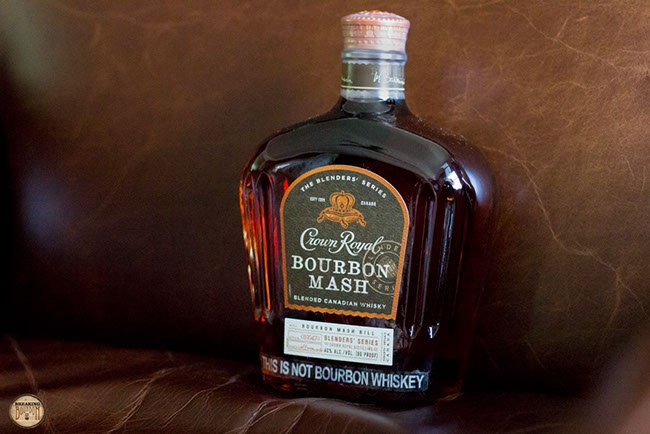
Jameson Irish Whiskey is a mixed Whiskey; what precisely does this mean? Blending for different beverages can signify several things. For Jameson, it entails making two varieties of Whiskey and combining them. Grain Whiskey and pot still Whiskey are the two variants of Whiskey.
Small batch distillation has always been done using pot stills, and bigger batches using column stills. To get optimum smoothness, each kind is distilled three times.
Jameson is added to oak barrels formerly holding bourbon or fortified wine once distilled. The liquid next develops in the barrel for at least three years. Fun Fact: To call it Irish Crown royal vs jameson taste, the whiskey has to be matured in Ireland. The Jameson is mixed, bottled, and sent for consumption following maturing.
Like other Whisky, canadian mist vs crown royal makes its manufacture beginning with grains. To start the process of yeast consuming the grains to produce alcohol, the grains are mixed with water and yeast. Usually, this is called fermentation. The alcohol is distilled following fermentation and placed into oak barrels.
Crown Royal vs Jameson: What Exactly They Made Of?
Made from barley and corn is Jameson. Both malted and unmalted barley farmed in Ireland The corn comes from fields in Southern France because of Ireland's challenging temperature.
Jameson is made from local water, to put it bluntly. Local thus, derived from the Dungourney river, which actually runs across the distillery.
Crown Royal is made from Canadian components. Grain bill components for canadian mist vs crown royal from Canada are maize, barley, and rye. Additionally available from Crown Royal vs Jameson are various flavored Whisky with apple, caramel, vanilla, and peach flavors.
In what ways are they similar?
Crown Royal and Jameson are rather similar even if we have spent some time stressing their differences. Though they come from various countries, their grain bill is identical.
Additionally high-proof, distilled, flexible, liquors with a golden-brown color are these ones. Both spirits offer several flavored choices on their product ranges and mature in hardwood barrels for at least three years.
Price, Size, Colour, Alcohol Percentage Comparisons
As the collection ages and gets rarer, canadian mist vs crown royal offers a wide range of products including reasonably priced bottles as well as some costly ones. The most often occurring predicted bottle sizes for Crown Royal are 375 ml, 750 ml, and 1.75 L.
The alcohol's colors run from golden to amber. The original jameson vs crown royal Deluxe Blended Canadian Whisky is 80 Proof; the flavored varieties range in proof from 70 Proof to 90 Proof.
FAQs
Is Crown Royal one of the best whiskeys?
Crown Royal Rye is the third finest whisky Crown Royal has produced last year, according many whisky critics—including me. Second-best is Crown Royal 75th Monarch Edition; Hand Selected Barrel is by far the best whisky Crown Royal produces.
Is Crown Royal a good liquor?
Actually, for someone just starting in the category, Crown Royal would be a great first whiskey. Unsurprisingly, many of the comments sections feature Crown Royal aficionados who come out of the woodwork to offer a contrast to the abundance of "C-minus" evaluations from people who typically drink better.
What's better, Jack Daniel's or Crown Royal?
One's taste determines their satisfaction over the other. Choose Crown Royal if you appreciate the softer taste and distinctiveness of flavor achieved by combining whiskeys together. Go with Jack Daniel's if you taste something more powerful and bold.
Is Crown Royal considered a cheap whiskey?
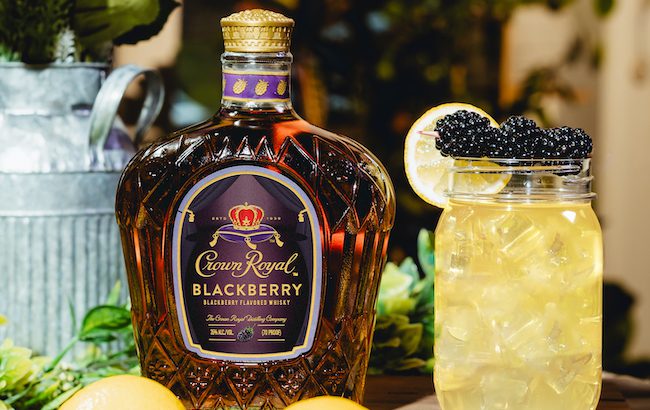
Crown Royal was regarded in those days as a "top shelf". Since then, a lot of new, higher end liquors have come out. Depending on the level of sophistication of the restaurant, I believe Crown Royal qualifies as a premium well today. At other eateries it would be a "middle shelf" liquor.
What drink is similar to Crown Royal?
Another Canadian blend that rather closely resembles Crown Royal is Pendleton Whisky. Made of mixed whiskies, produced in Canada, it is bottled in Oregon.
Conclusion
Along with names like Johnnie Walker, Jim Beam and Jack Daniel's, these two brands are among two of the top whiskey brands worldwide for a reason. For someone looking at the more general whiskey range, these two glasses in side-by-side tasting provide a fantastic educational opportunity.
One of the general "American" whiskey styles that characterizes whiskeys produced in the United States and Canada is jameson vs crown royal, a taste profile reflecting the usage of rye grain in their mash bill. Jameson is a great illustration of the historical legacy of the British Isles—products from Scotland and Ireland based on malted barley as the backbone.
